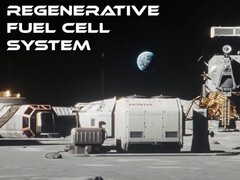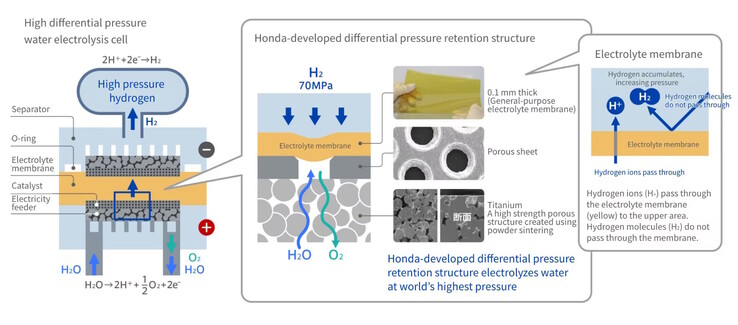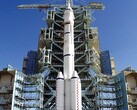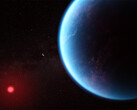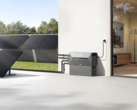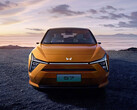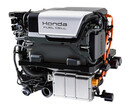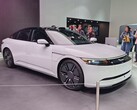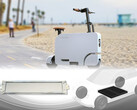Honda Space Development Division will launch its water electrolysis system to the International Space Station (ISS). This system is a key part of its regenerative lunar fuel cell system, which will generate electricity, hydrogen, and oxygen for use by astronauts on the moon.
The only input required is water and electricity. Solar panels on the moon generate electricity during the day to create hydrogen ions from water during electrolysis. The small H+ ions pass through a one-way electrolyte membrane, then recombine on the other side into hydrogen. The 0.1 mm thick membrane is supported within the electrolysis system to withstand 70 MPa, or about 700 times the Earth's atmospheric pressure.
Under high pressure, the larger H2 molecules can then be concentrated and collected for use by the fuel cell system or other uses, such as hydrogen-powered lunar vehicles. Electrolysis also generates oxygen, providing a supply for astronauts to breathe.
At night, the fuel cell system uses some of the hydrogen and oxygen in a reverse process to generate electricity, with water as a by-product. The water can be reused the next day in this circulative renewable energy system.
Honda has partnered with Sierra Space and Tec-Masters on this project. Launch date has not been announced.
Readers with an interest in the uses of hydrogen can read about it in this book on Amazon. Tinkerers can read about how to build their own solar hydrogen fuel cell system in this book on Amazon.




